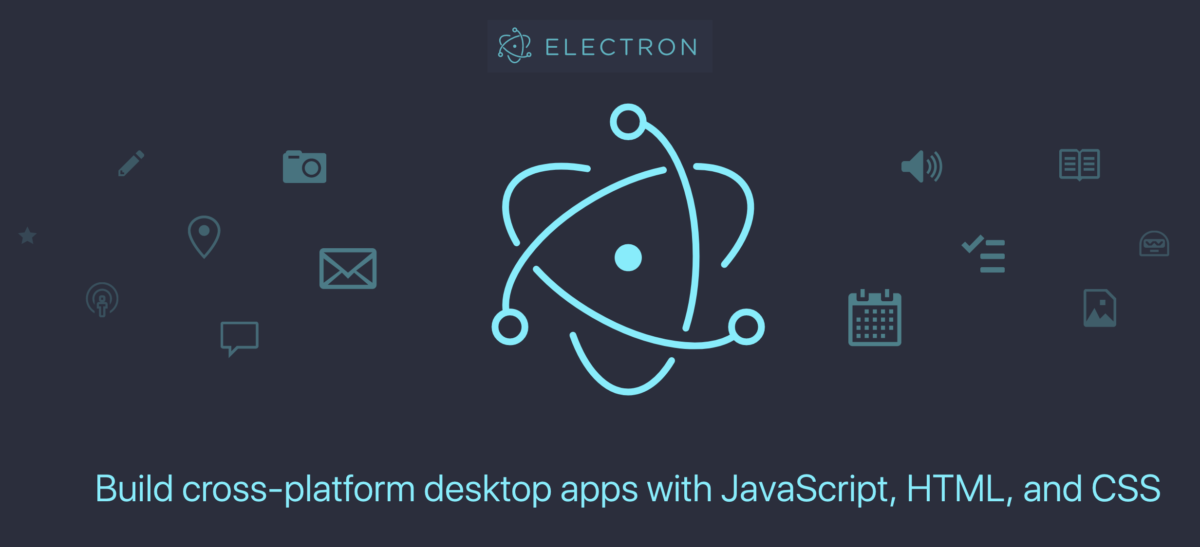It’s increasingly evident that companies are building serious desktop apps on top of ElectronJS. You don’t even need any study to prove the point, the list is growing every day, the open source project lists 879 as I write this. Let’s name a handful of prominent apps as illustration: Microsoft Teams, Microsoft Skype, Slack, Signal, Mattermost, Microsoft Visual Studio Code, Loom,
ElectronJS is built with JavaScript, and that makes it more interesting. Nothing new can be said about JavaScript’s dominance, it’s undeniable whatever snipes the purists may throw at it. Apple adopted JavaScript as a native scripting language for macOS, alongside their home grown AppleScript. This last remark is unrelated to building apps, but the point is that JavaScript adoption goes well beyond the web browser.
The most interesting trend I noted is Microsoft’s increasing adoption of ElectronJS, arguably (?) at the cost of their own Universal Windows Platform (UWP). Microsoft also bought GitHub, the company that created ElectronJS, and more recently they bought NPM, another step in the direction of gaining a large foothold in the JavaScript (actually, open web) ecosystem. It doesn’t stop there, Microsoft’s Fluent UI provides a framework called Fabric React that is built on React JS, another popular JavaScript app development toolkit. The future of Ms Office SDK is thus built on JavaScript. All these moves give a serious boost to JavaScript as the cross-platform app building language of choice.
I mention only JavaScript all the time, but JavaScript and HTML and CSS is the combination to talk about. What started out as a hackable text editor project gave rise to an incredibly powerful app building platform.
I intentionally left Apple’s cross-platform app development ecosystem out of this discussion, because I wanted to put the spotlight on the power of JavaScript and open web. I also didn’t really want to compare Apple and Microsoft’s approaches in this essay, that would’ve lead to an entirely different discussion.
If Microsoft, the world’s largest vendor of desktop apps targets JavaScript (and open web technologies) as the platform for building their most popular apps, despite their multi-year multi-billion dollar investment on home grown UWP, then we may have a winner.
If a company were to initiate a brand new desktop app development project today, what platform would they likely pick? What criteria would they base any decision upon, time to market, the available talent pool, the richness of the wider ecosystem? If any of that is relevant, then it would be astonishing if they would ignore ElectronJS.

Leave a Reply